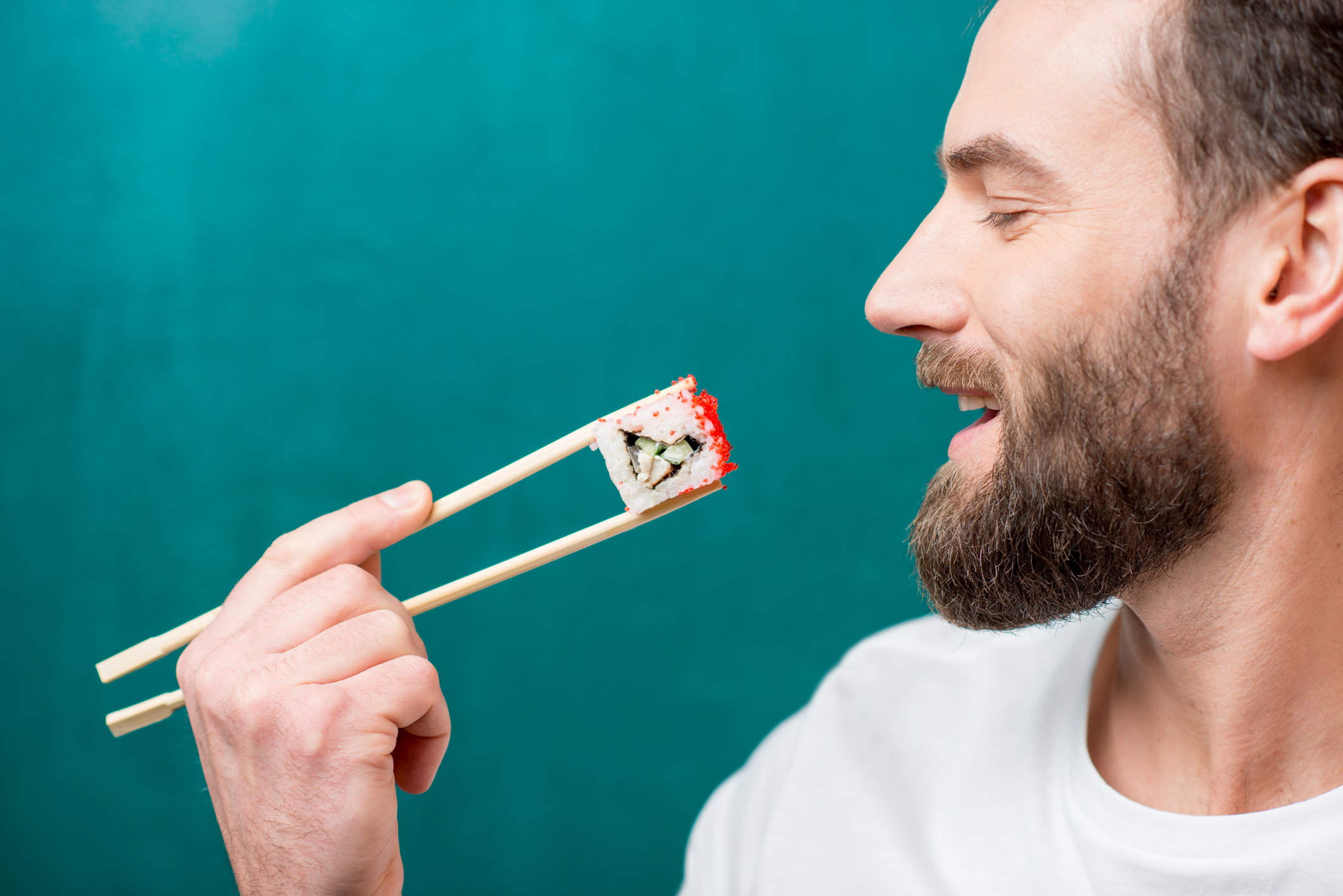Get Easy Health Digest™ in your inbox and don’t miss a thing when you subscribe today. Plus, get the free bonus report, Mother Nature’s Tips, Tricks and Remedies for Cholesterol, Blood Pressure & Blood Sugar as my way of saying welcome to the community!
How to eat sushi and avoid the big mercury danger

Sushi has become increasingly popular in the past two decades and it’s easy to see why. The combination of fresh fish, rice, seaweed and yummy sauces and add-ons, like wasabi, make eating sushi seem not only fun and tasty — but also healthy.
Almost every day, there’s new research detailing the many benefits of including fish, especially fatty fish, as part of a healthy diet.
However, new research has revealed the presence of dangerous heavy metals and toxic contamination in the dietary choice.
Luckily, it’s also providing expert recommendations on just how much and what kind of sushi is safe to eat.
The safest combination of sushi to tempt your palate
The research, by a team from the Centre for Environmental, Food and Toxicological Technology set out to analyze the concentrations of various toxic elements, in a hundred pieces of sushi.
The researchers specifically looked at levels of:
- Cadmium
- Nickel
- Lead
- Mercury
- Arsenic
- Methylmercury
And they compared the differences in levels found in three different preparations of the fishy treat: sashimi (raw fish), maki (a seaweed roll stuffed with rice, raw fish or other ingredients) and nigiri (balls of rice with fish or seafood on top).
The results?
Well, according to scientists, the safest form of sushi is sashimi. They discovered a significantly higher concentration of inorganic arsenic in both maki and nigiri, which in part, is to blame on the rice, which carries levels of arsenic on its own.
And they also found that whenever possible, you should skip sushi that contains tuna and go for salmon or eel instead.
That’s because tuna comes with the danger of bioaccumulation and biomagnification of mercury and methylmercury.
It’s also important to note that cooking fish doesn’t significantly reduce the amount of mercury in them, so whether served as sushi or cooked and teriyaki-glazed, too much tuna is not a good idea.
Finally, they found that while consuming just eight pieces of sushi increased exposure to nickel and lead in adults and adolescents, those metals at least remained within safe limits.
So what did their recommendations boil down to?
When you do have sushi, limit your consumption to eight pieces of salmon-based maki, nigiri or sashimi, or maki unagi (eel).
Other ways to keep the danger down
Despite the caution, fish are a nutrient-rich food source and by following tips, like how and what kinds of sushi to eat, you can reap those benefits and decrease the danger.
Timothy Harlan, MD., has more advice: “The rule of thumb for seafood is to mix it up. Eat it 2 to 3 times per week, but don’t eat the same type more than 2 to 3 times per month.”
So, if you really like tuna and eat it on Monday, you can enjoy fish again later in the week, but go with a fish that has a much lower mercury risk, like salmon.
And the National Resources Council suggests spacing out your intake of fish, especially high-mercury fish, to allow your body to eliminate it before it builds up to dangerous levels.
Another helpful step is to include foods in your diet that help you eliminate this danger more efficiently…
Some foods act as binding agents, meaning they bind to the offending material and help it find its way out quicker. For example, probiotics can rid your body of cadmium faster.
Onions, garlic, broccoli, malic acid (found in apples and grapes), modified citrus pectin and cilantro can also help the body void some metals and toxins.
Chelation therapies can help remove mercury, using “chelators” that bind to mercury and help flush it from the body. Chelation therapy can be performed intravenously in a health practitioner’s office or can be taken orally.
Editor’s note: Have you heard of EDTA chelation therapy? It was developed originally to remove lead and other contaminants, including heavy metals, from the body. Its uses now run the gamut from varicose veins to circulation. Click here to discover Chelation: Natural Miracle for Protecting Your Heart and Enhancing Your Health!
Source:
Experts recommend a varied and moderate consumption of sushi limiting quantities of tuna — EurekAlert!
How to eat all the fish you want minus the mercury danger — Health.com













